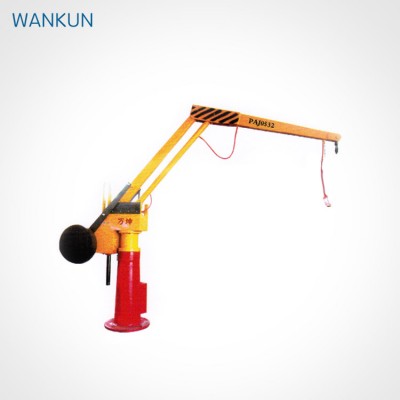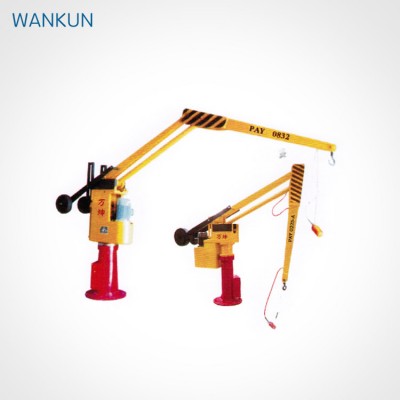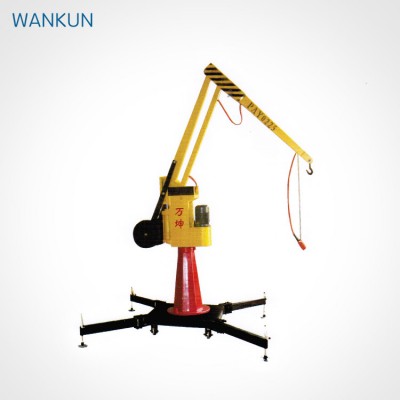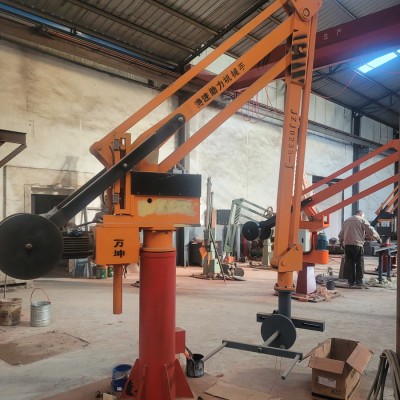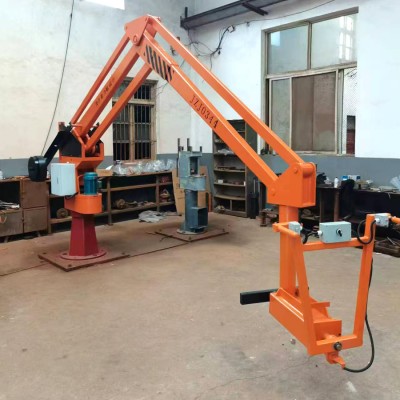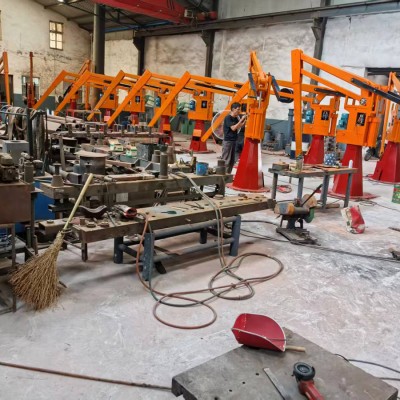Difference between balance crane and jib crane
Balance crane manufacturer explains the differences between the two
Balance crane Overview
Like an advanced "fishing rod stand", the weight of the fishing rod (load) is completely balanced by the spring. You only need a very small force to adjust the Angle and position of the fishing rod at will. Its purpose is to save effort and achieve precise control. The common types include mobile, mechanical and hydraulic ones.
Working principle
Based on the principle of mechanical balance, it keeps the load in a "suspended" or "weightless" state through an internal counterweight or spring/pneumatic system, and manual assistance for movement is required. The operator only needs to apply a very small force to easily lift, lower or move heavy objects to any position, achieving lightweight operation of the load.
Jib crane Overview
It is more like a "fixed mechanical arm". It is composed of columns, cantilevers, electric hoists and electrical devices, and is used to move heavy objects within a certain range. The cantilever is a horizontal or inclined arm that can be fixed or adjusted in length. Its design emphasizes rotational and telescopic functions. The load is lifted through the linear movement of the electric hoist on the cantilever I-shaped beam, serving a circular area.
Working principle
The load lifting and positioning are achieved through the linear movement of the electric hoist and the rotation of the cantilever. There is a sturdy column and a cantilever beam that can rotate around the column. Electric or manual hoists can move horizontally along the cantilever beam. By rotating the arm and moving the hoist, the load can be lifted and transported to any point within its circular coverage.
Feature | Balance Crane | Jib Crane |
Primary Structure | A self-contained, often mobile unit with a column, balancing arm, counterweight, and a pneumatic or hydraulic lifting system. | A simple structure consisting of a mast (or wall bracket), a rotating boom, and a hoist/trolley. |
Mobility | Highly Mobile. Often mounted on a base that allows it to be easily moved or rotated within a work cell. | Position-Fixed. Once installed, its coverage area (rotation radius) is fixed. The entire crane cannot be relocated. |
Coverage Area | Relatively small area, focused on a specific worksta-tion. It rotates and lifts around its column. | A circular or fan-shaped area. The boom length defines its work radius, serving a wider zone. |
Operation | Manual Manipulation. The operator directly pushes/pulls the load. Offers exceptional precision and flexibility for positioning. | ElectricorManualControl.Apush-buttonpendantorchainisusedtocontrolthehoistandtrolley.Idealforrepetitiveliftingtasks. |
Advantages of balance crane
Reducing labor
No continuous force is required when the load is suspended, and only a small external force is needed for movement, reducing the labor intensity.
Human-machine collaboration
t is highly suitable for tasks that require human judgment for precise alignment and assembly.
High safety
In the event of a gas source failure, the system usually has safety devices to prevent the load from falling.
Advantages of the cantilever crane
Covering fixed areas
Providing hoisting services for specific working areas.
High efficiency
It is highly efficient for repetitive lifting tasks.
Space-saving
Especially wall-mounted, it hardly occupies floor space.
Product
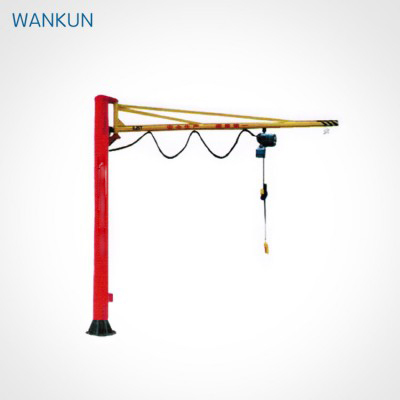
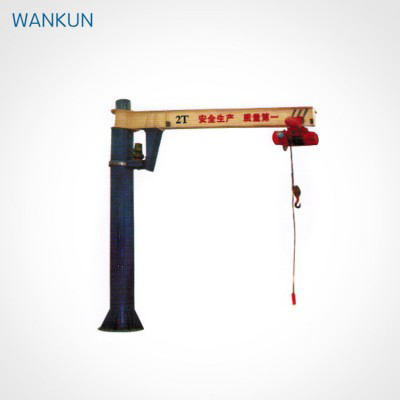
How to choose the right crane
Which crane to choose depends on your specific needs
For precise and frequent assembly or position adjustment at a single workstation, a strong sense of control and human-machine collaboration are required. Choose a balanced crane.
When providing material lifting services in a fixed working area with a high load and relatively standard tasks, a cantilever crane should be selected.

